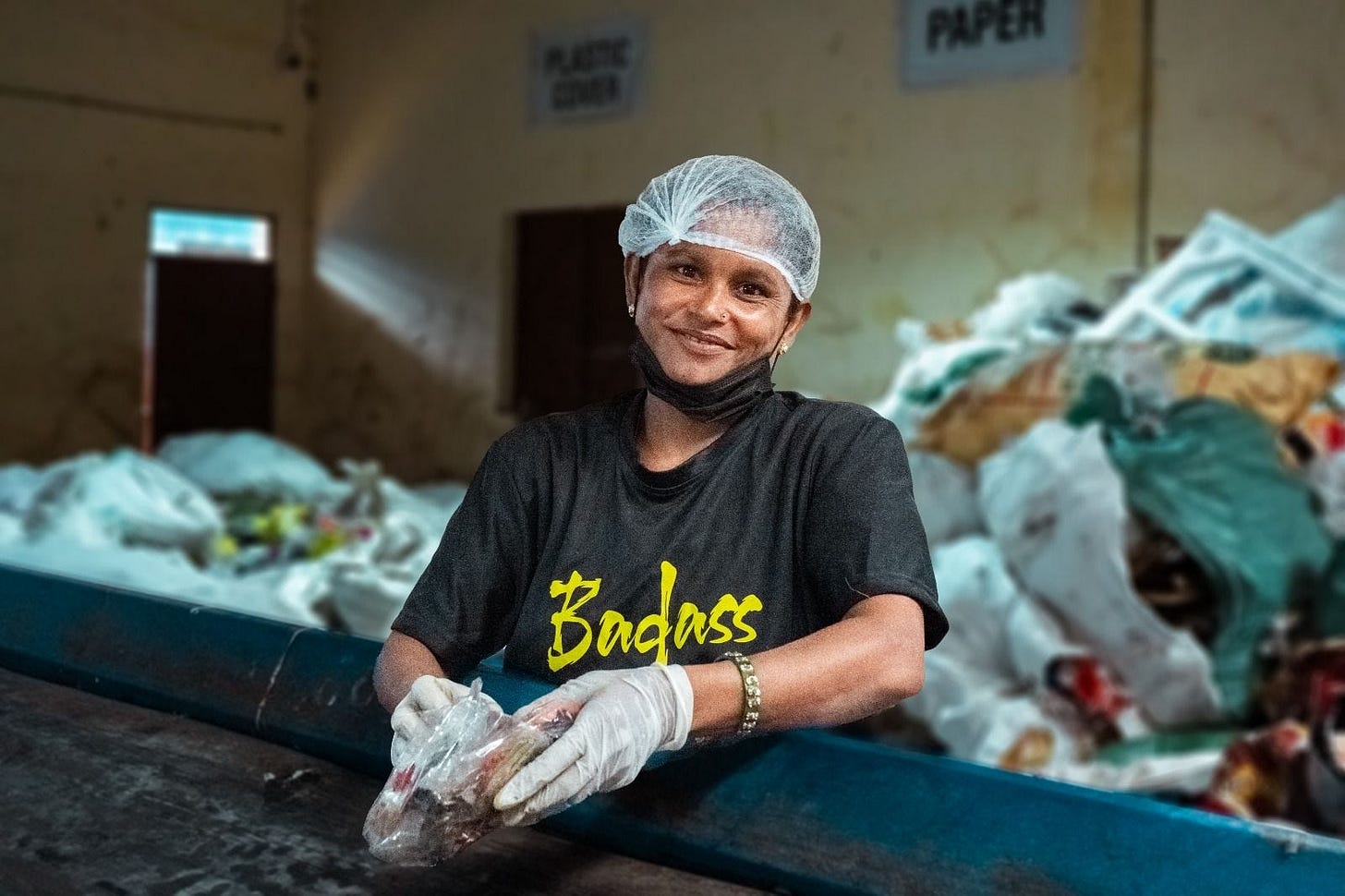💡 I Spent ₹15 Lakh on Sorting Tech.
And Got Outperformed by Human Wisdom.
We had just installed a brand-new sorting system in our Coimbatore unit.
State-of-the-art.
Precision sensors.
Big promises.
The kind of tech you expect to solve things.
But then…
She stepped in.
Not an engineer.
Not a machine-learning expert.
A quiet woman on our team.
23 years of experience.
A lifetime of practice.
She watched the machine in silence — as it missed a few critical plastic grades.
Then she smiled.
“Idhu PP injection grade, Anna. Idhu PP blow grade. Paaru, sound-e vera.”
("This is PP injection. This is PP blow. Listen to the sound. It's different.")
She didn’t need an algorithm.
She tapped the plastic. Bent it. Felt the texture.
In 30 seconds, she taught me more than any manual ever had.
No software.
No sensors.
Just… intuition refined by repetition.
That moment changed everything.
We realized we were overengineering what people had already mastered.
The answers weren’t missing.
They were just unheard.
So, we flipped the model.
→ We rewrote our SOPs.
→ Created training led by people, not just screens.
→ Documented traditional techniques passed down through generations.
Then, we built tech around that.
What happened next?
✅ 23% increase in sorting efficiency
✅ 40% faster onboarding for new hires
✅ 89% sorting accuracy (vs 67% industry avg)
✅ And the biggest win: our team felt valued, not replaced
It’s not man vs machine.
It’s man with machine.
Guided by the quiet experts already on the floor.
We turned those traditional insights into a system — and scaled it across 40+ units.
🧠 Want the full blueprint?
Drop a reply saying “WISDOM” and I’ll email you:
Our 15 traditional sorting techniques
How we digitized them
How we trained 1000+ workers
And how we blended ancient skills with modern systems
Because not all innovation starts with AI.
Sometimes, it starts with a sound.
A gesture.
And a lifetime of knowing.
—
Thanks for reading.
If this resonated, share it with a founder, operator, or sustainability leader who needs to hear it.



